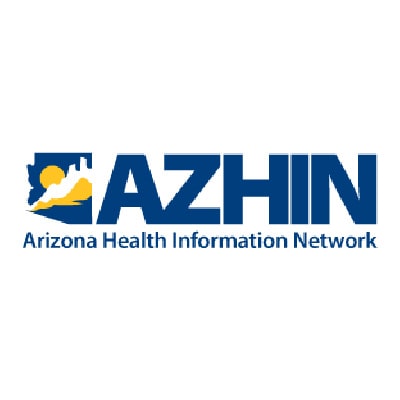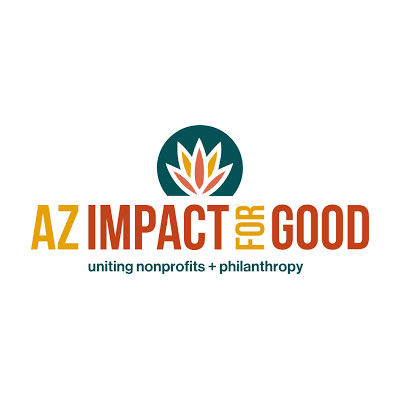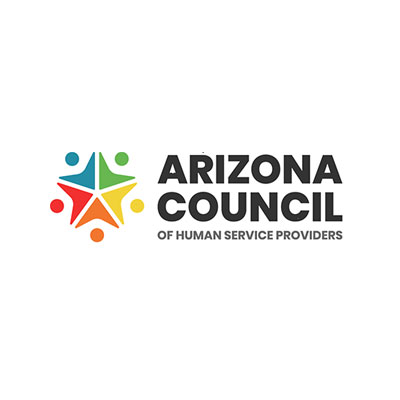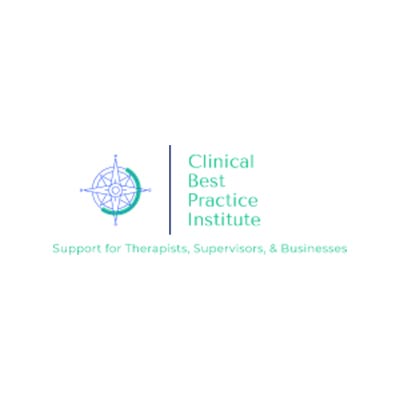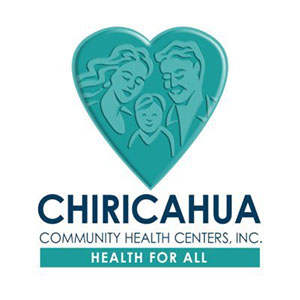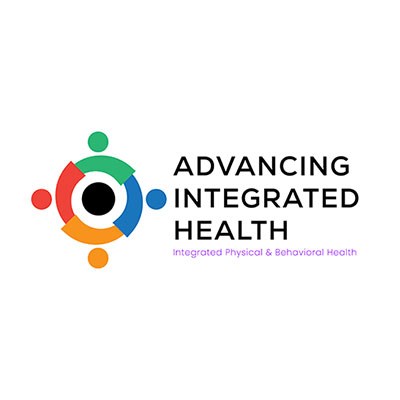Janet L. Cummings, Psy.D.
Chairman of the Board and Faculty
Cummings Graduate Institute for Behavioral Health Studies
According to a recent article by Buckley (2017) that appeared this month on the Medscape website, two factors that increase suicidality in teens with type 1 diabetes have recently been identified. These two factors are: (1) Teens who reveal depression during routine depression screening, and (2) Teens who are on public health insurance.
Matlock, et al. (2017) reviewed medical records for 473 teenagers with type 1 diabetes. These patients had all been screened for depression (using the Children’s Depressive Inventory, or CDI) at medical visits during 2011 and 2012. Of these 473 teens, 27% screened positive for moderate or severe depression, and 8% admitted to suicidal ideation (Buckley, 2017). The teens who reported suicidal ideation were matched with teens who did not as a control group. The teens with suicidal ideation were twice as likely as controls to have public health insurance as opposed to private insurance (Buckley, 2017).
The teens in the study who reported suicidal ideation were given appropriate mental health intervention and treatment (Buckley, 2017; Matlock, et al., 2017). Therefore, it is unknown whether or not any of these teens would have attempted suicide as a result of their suicidal ideation, had their depression been left untreated. The study showed that twice as many teens with type 1 diabetes who were on public health insurance had suicidal ideation as teens on private insurance (Buckley, 2017; Matlock, et al., 2017). However, more research is needed to understand the link between public health insurance and depression with suicidal ideation.
The Matlock, et al. (2017) study clearly shows that teens with type 1 diabetes who screen positive for depression are more like than non-depressed teens to progress to suicidal ideation. It also suggests that public health insurance for these teens may be a risk factor for suicidal ideation. However, these links are not yet well understood, and more research is needed in order to understand these complex relationships.
Some things, however, are very clear. It is critical that we screen adolescents with type 1 diabetes for depression when they first receive the medical diagnosis, and that we continue to screen them routinely at diabetes-related medical visits. In integrated care settings, these depressed adolescents can seamlessly receive intervention and treatment for their depression by on-site behavioral care providers, whether or not the depression has progressed to suicidal ideation. Ideally, depressed patients should be identified and treated early, preferably before their depression worsens and leads to suicidal ideation.
It is also clear that researchers (and policy-makers) need to take a closer look at the relationship between public health insurance and depression, and to assess whether or not the link seen in type 1 diabetic teens holds true for other demographic groups. Americans are experiencing uncertainty about the future of healthcare in general, and the future of their own healthcare, as our President, Senators, and Representatives decide the fate of Obamacare and many other healthcare policies. This uncertainty about healthcare may be contributing to the incidence of depression in Americans, especially for those who have a serious or chronic medical diagnosis.
In the Biodyne Model, we value prevention and early intervention for mental health problems, and advocate for routine screening for depression in medical settings, especially for populations at greater risk for depression, such as teens with type 1 diabetes. At the Cummings Graduate Institute for Behavioral Health Studies, our students are taught to use a wide array of screening tools that have been developed for use in medical settings. Our Doctor of Behavioral Health graduates are able to screen for anxiety, depression, obsessive-compulsive disorder, thought disorders, dementia, and other psychosocial problems in medical settings, even when these conditions are mild and in the early stages. More importantly, Doctors of Behavioral Health are able to appropriately treat these conditions in the same medical settings where these patients are identified.
Our Doctor of Behavioral Health students are also taught to be aware of healthcare disparities, including the disparities between consumers with public health insurance and those with private insurance. Our graduates are able to help patients become their own healthcare advocates and to navigate healthcare systems that may seem very daunting to them.
References
Buckley, R. (2017, August 7). Which adolescents with type 1 diabetes are most at risk for suicidal ideation? Retrieved August 8, 2017
Matlock, K. A., Jones, N. Y., Corathers, S. D., & Kichler, J. C. (2017). Clinical and psychosocial factors associated with suicidal ideation in adolescents with type 1 diabetes. Retrieved August 8, 2017
For more information, click HERE.





